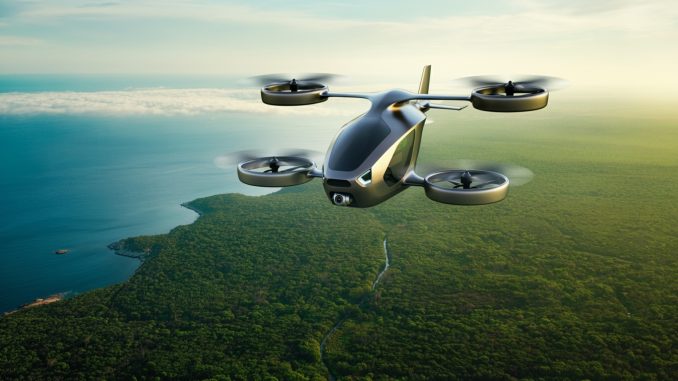
Urban air mobility (UAM) developers face 10%–20% cost increases on essential imported subsystems—especially batteries, power electronics, and lightweight materials as a result of new US tariffs, according to new report from MarketandMarkets.
“In 2025, the U.S. imposed fresh tariffs targeting high-tech imports and critical components, including electronic systems, batteries, propulsion hardware, and advanced composite materials—many of which are essential to the emerging Urban Air Mobility (UAM) market. As electric vertical takeoff and landing (eVTOL) aircraft move closer to commercial deployment, these tariffs are adding cost pressures and causing strategic ripples across the UAM ecosystem, which includes aircraft manufacturers, avionics suppliers, battery producers, and infrastructure developers.
“The U.S. UAM market was valued in the range of USD 1.2 billion to USD 1.6 billion in 2023, with aggressive growth projections fuelled by pilot programs in cities like Los Angeles, Miami, and Dallas.”
Following the tariff increases “early-stage companies are under financial pressure, with some delaying pre-commercial deployments due to budget overruns….Manufacturers are pivoting to onshore or nearshore battery pack assembly, while sourcing cells from non-tariffed regions (e.g., India, Eastern Europe). Some eVTOL players are exploring joint ventures with domestic suppliers to meet localization goals and reduce tariff exposure.
FAA certification efforts may also face delays if system redesigns are required due to component sourcing shifts and UAM infrastructure partners (e.g., vertiport operators) are adjusting CAPEX plans to factor in costlier imported systems such as charging infrastructure and digital traffic management tools, according to the report authors.
Lithium-ion and solid-state batteries are primarily imported from South Korea, China, and Japan. Lightweight composite structures, motors, and sensors are sourced globally and avionics and autonomy components often rely on semiconductors and processors from Asia and Europe
For more information
https://www.marketsandmarkets.com/forms/ctaTariffImpact.asp?id=251142860&utm_source=mailchimp.com&utm_medium=email&utm-campaign=us-tariff-160425-EU
(Image:Shutterstock)

